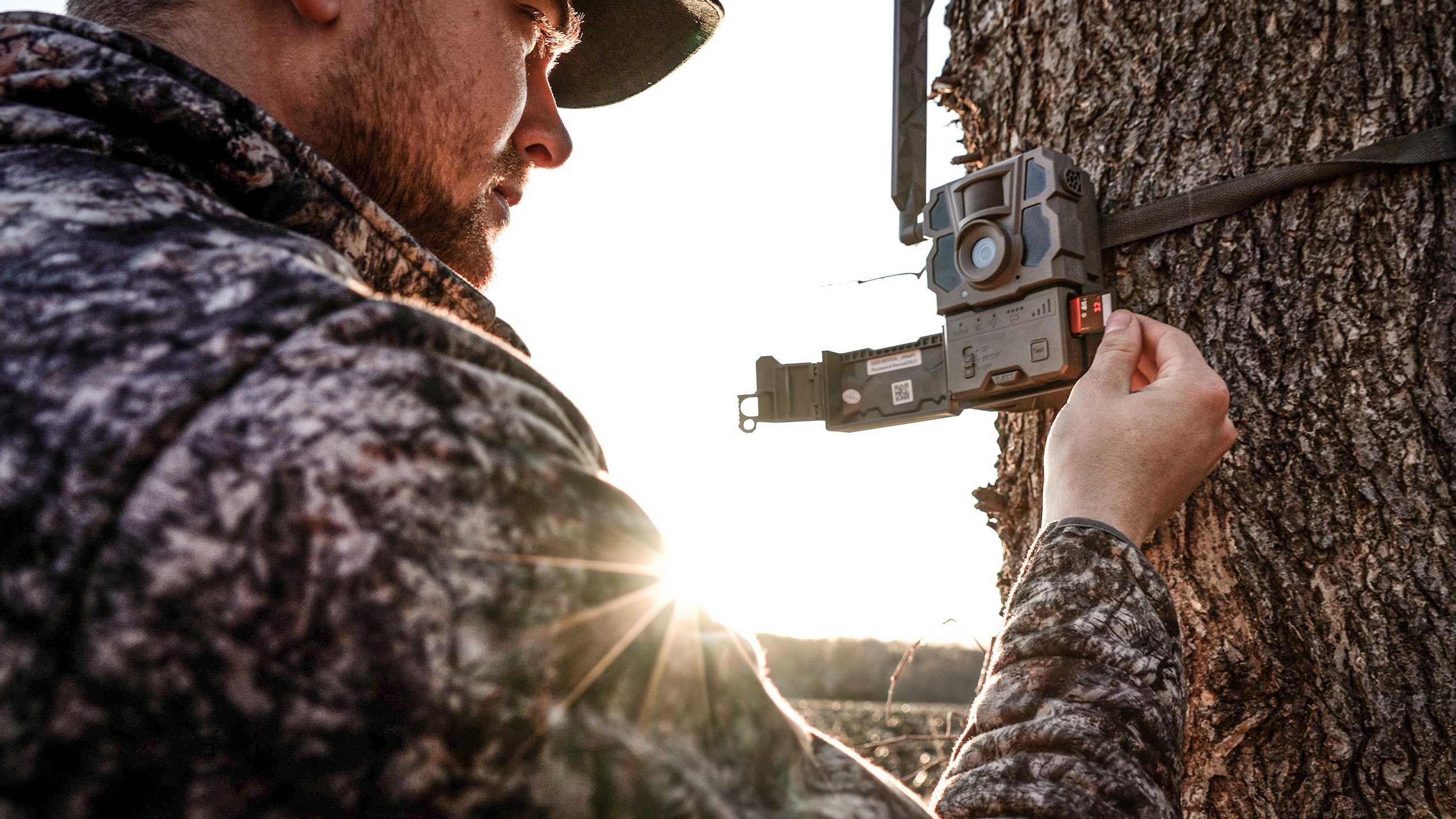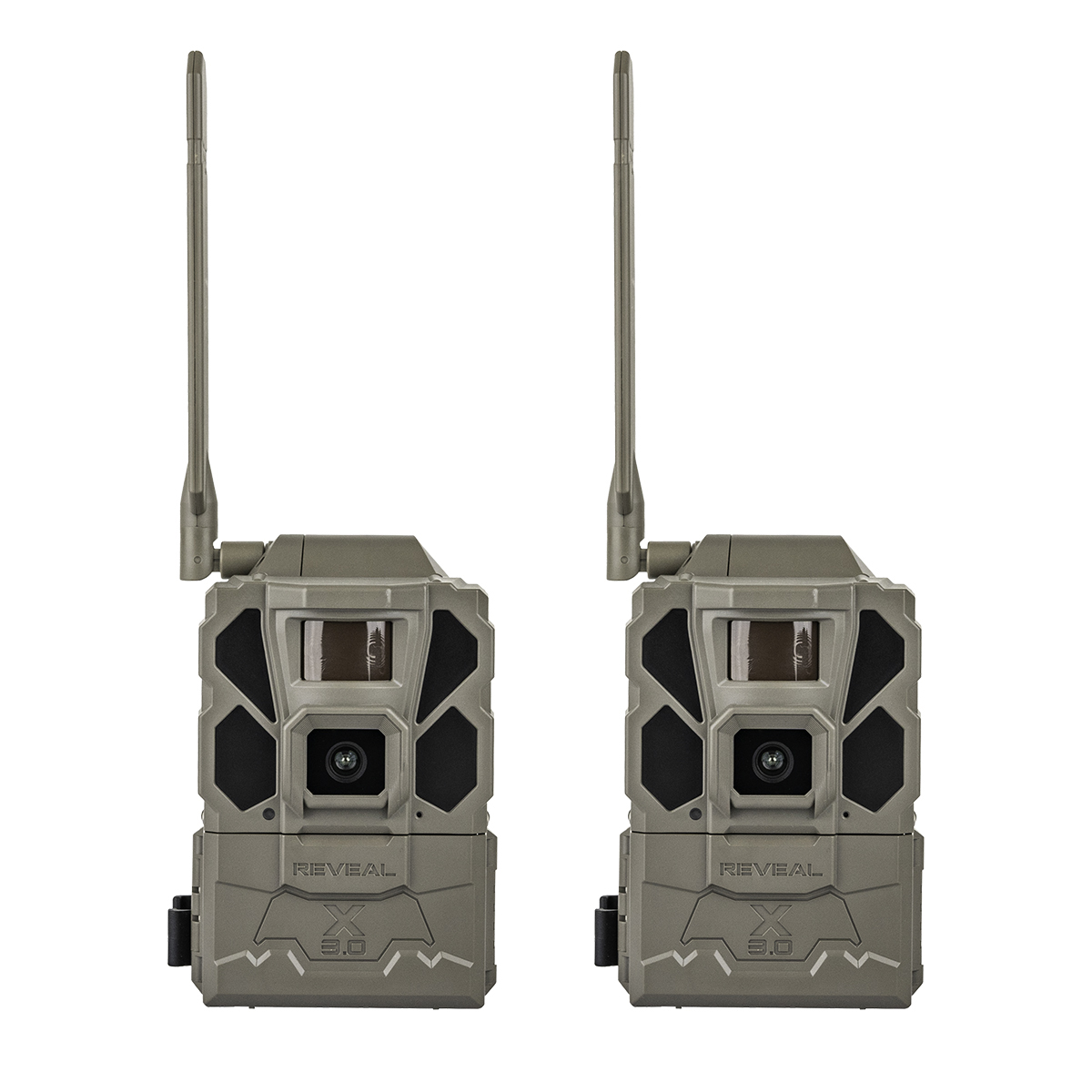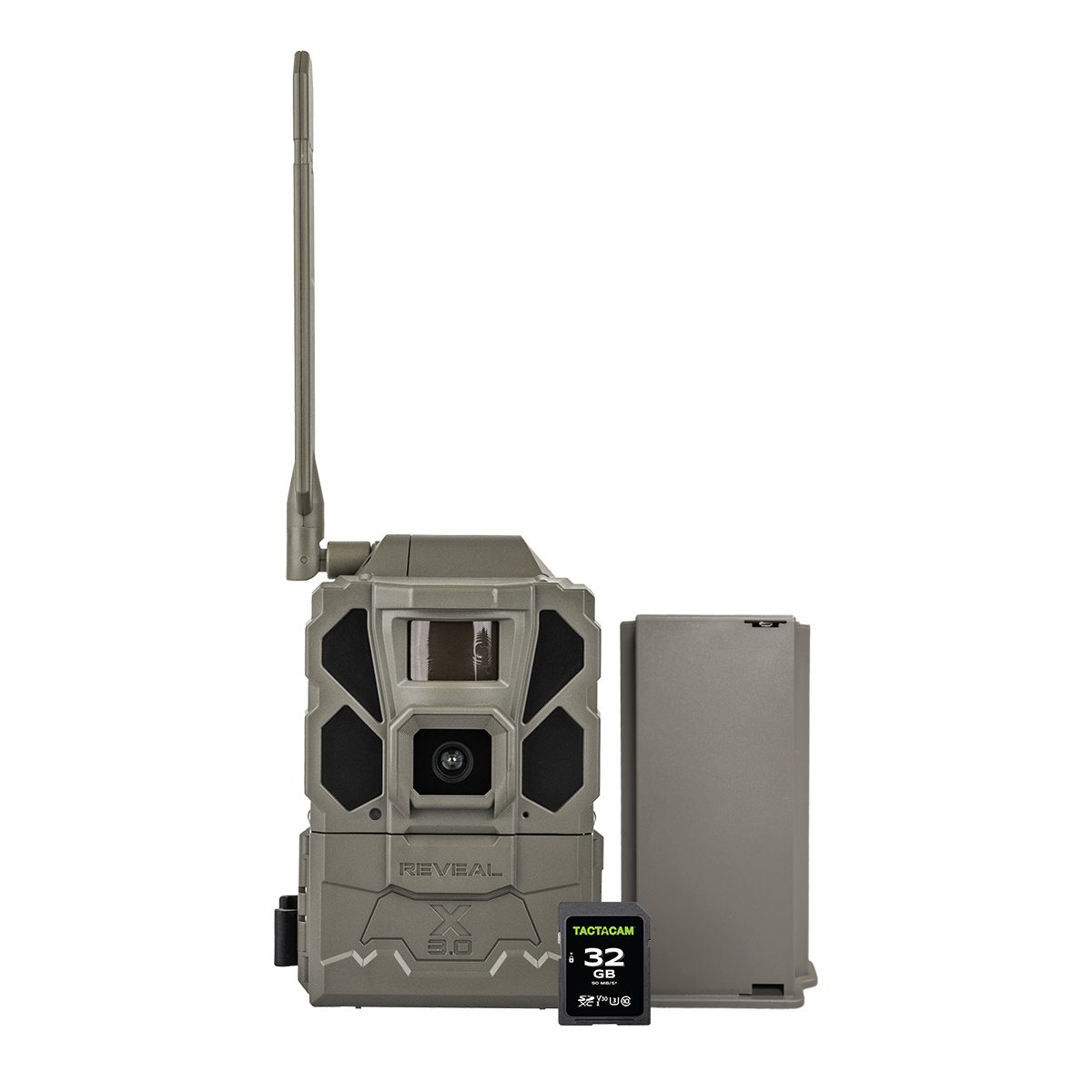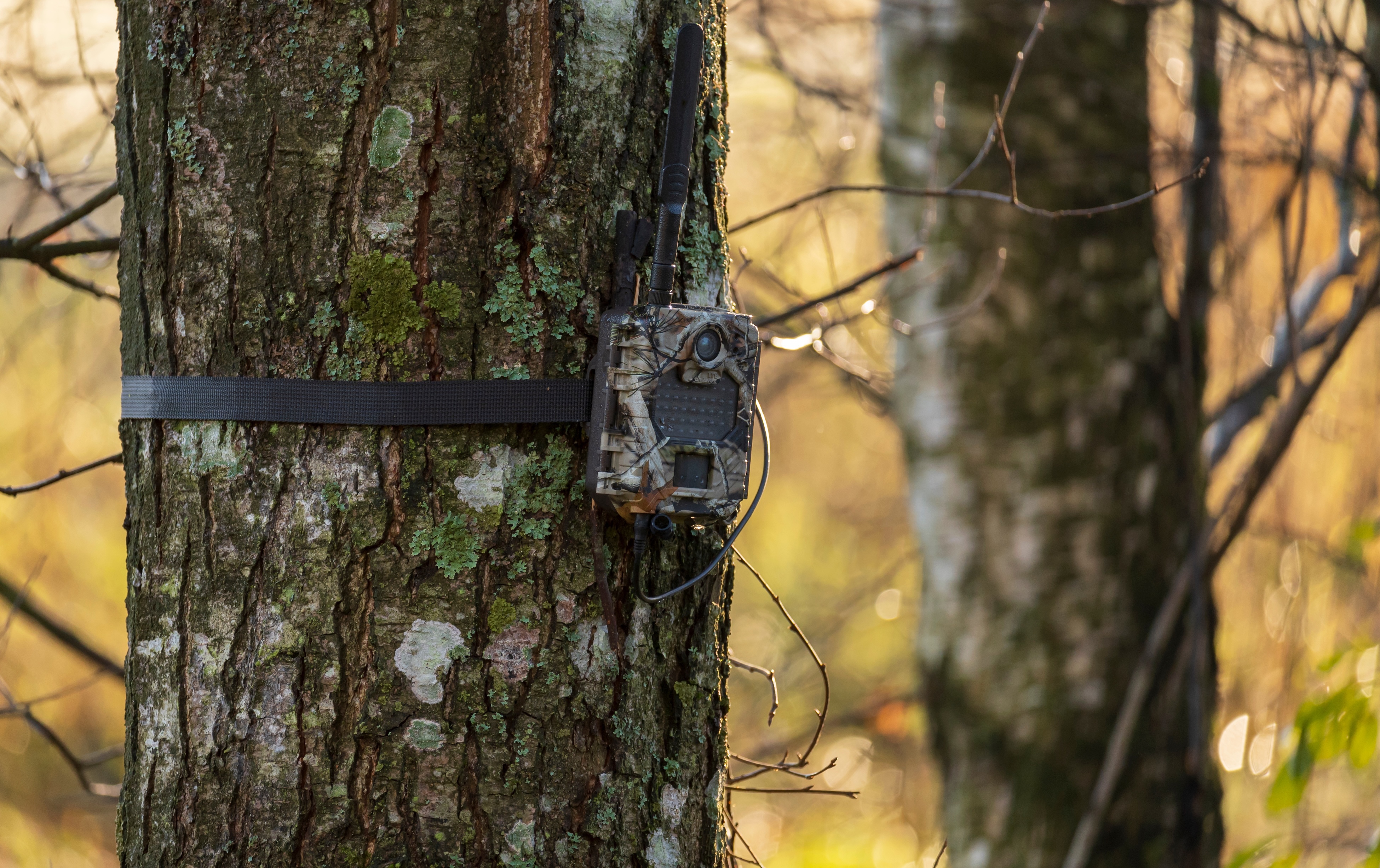Best Trail Cams for Hunting Season: 2024-2025 Midwest Guide
Looking for the best trail cameras for Midwest hunting? This 2024–2025 guide covers top picks, features, accessories, and setup tips for every hunting style.

Trail cameras are a key scouting item for Midwest hunters looking to track patterns and plan hunts more effectively. Recent upgrades, such as cellular models, AI features, and solar power, make options today more adept than ever. Below, we’ll break down top picks, key features, setup advice, and must-have accessories so you can get ready for the 2024-2025 hunting season.
Choosing the Best Trail Camera for Your Hunting Style
Every hunter has a different approach, and the best game cameras match how you scout and where you hunt. Our trail camera guide covers camera types, must-have features, and how each one fits Midwest terrain and seasons.
What is the life expectancy of a trail camera? Most trail cameras last between 3 and 5 years with regular use. High-end models and cameras that are well-maintained—kept clean, dry, and protected from extreme weather—can last even longer.
Traditional Trail Cameras vs. Cellular Trail Cameras
Both camera types have their strengths. Traditional trail cameras are more affordable and usually have longer battery life. They store photos on an SD (Secure Digital) card, so you’ll need to check them in person. This is something you’ll want to consider if you’re trying to keep pressure low in a hunting area.
Cellular trail cameras send images straight to your phone, giving you real-time updates without visiting the site. These are great for the rut or other high-traffic times when you want to keep out of the woods. They do cost and often require a subscription plan. Remember, though, a cellular trail camera uses anywhere from 1GB to over 90GB of data per month, depending on settings like image resolution, motion sensitivity, and signal strength.
Do all trail cameras require a subscription? No. Only cellular trail cameras need a subscription for data or image transmission. Traditional models store photos on an SD card and don’t require any monthly plan. Choose based on how you want to access your images.
Essential Features (Trigger Speed, Detection Range, Flash Type)
When comparing models, pay attention to how fast and how far a camera reacts. A trail camera trigger speed under 0.3 seconds is best for catching quick movement, like a buck moving through a narrow clearing.
Trail camera detection range tells you how far out the sensor can detect movement. Look for cameras with a 50-100+ foot range to cover more ground, especially on open field edges or logging roads.
Flash type is essential, too. Low-glow infrared gives brighter night shots but might be slightly visible. No-glow flash is better for stealth, particularly in high-pressure areas or public land setups.
How far will a trail cam take a picture? Most trail cameras have a detection and flash range between 50 and 100 feet, though some high-end models can reach farther. Range depends on the camera’s sensor, flash type, and environmental conditions like terrain and vegetation.
Our Top Pick: REVEAL X Gen 3.0 Cellular Trail Camera

For an all-around option, the REVEAL X Gen 3.0 Cellular Trail Camera checks a lot of boxes. It offers remote image access, a low-glow IR (infrared) flash, and a long-lasting battery setup. The build is tough enough for cold Midwest mornings and rainy fall days. It’s easy to set up and works well with other Tactacam accessories, which makes it a great choice.
Trail Camera Accessories That Elevate Your Setup

The best trail camera accessories can have a sizable impact on how well your gear performs. From power to storage to mounting options, minor upgrades keep your camera running longer and capturing better images. Here’s what to consider before heading into the woods.
Power Solutions: Batteries, Solar Panels & Cables
Keeping your camera powered through the season is essential, especially during long Midwest cold snaps. Lithium AA batteries are the best choice for cold weather and can last several months longer than standard batteries. Lithium batteries last 3-8 months, while alkaline batteries often last just 2-8 weeks. In video mode, lithium offers 240 minutes of runtime, compared to only 34 minutes for alkaline.
For even more extended deployment, consider solar-powered trail cameras. Pairing your cam with the Tactacam 12V Solar Panel 2 and a Reveal Armored Solar Cable avoids battery changes entirely. The armored cable also protects against curious wildlife that might chew on exposed wires.
Memory & Storage: SD Cards for Trail Cameras
Your trail cam is only as good as the memory card inside it. Look for UHS-1 or Class 10 SD cards for high-resolution photo and video storage. These handle HD and 4K footage more reliably.
For most hunters, 32GB to 128GB is enough storage. If you check your camera regularly or use a lower image setting, a smaller card is probably fine. If you run it all season or use video mode, go with a higher capacity.
Mounting Systems for Better Angles and Placement
Where and how you mount your camera affects the image you get. Are you covering a trail, food plot, or field edge? Adjustable tree mounts make it easy to aim your camera where you want it. For wide-open spaces or areas without trees, try a ground stake or T-post mount.
Flexible mounts let you fine-tune the angle, reducing false triggers and improving your chances of catching the shot you want.
Security Gear to Prevent Theft in the Field
Trail cameras are an investment, and keeping them safe is worth the extra effort. Use lockable trail camera security boxes to protect the camera body. Add a Python cable lock to secure it to a tree or post.
In high-traffic or public areas, placing the camera higher in a tree and using camouflage keeps it out of sight. Some of the latest models also include GPS location tracking, so you can find your camera if it’s ever moved.
Where and How to Set Up Your Trail Camera for Hunting Success
Getting the most out of your trail camera begins with proper placement. The best setup lets you catch more deer activity without tipping your subjects off. Our trail camera placement tips are based on seasonal movement and real-world experience in Midwest woods and fields.
Trail Camera Placement Tips for Every Season
Where you want to set up your camera shifts as deer behavior changes throughout the season:
- Early Season: Focus on water holes, crop edges, and mineral sites. Bucks are still in summer patterns and easier to spot.
- Pre-Rut: Watch scrape lines and trail intersections where bucks start marking territory.
- Rut: Set cameras near doe bedding areas and pinch points. Bucks will be cruising all day.
During the rut, reducing human scent and disturbance is essential. Cellular trail cameras like the REVEAL X Gen 3.0 - 2 Pk. let you cover more ground and check images remotely. Having two cameras in different locations, like a scrape line and a funnel, ensures you track buck movement without walking in and out every time.

Setup Tips for Clearer Shots and Less Interference
Even a great camera can miss a good shot if it’s not mounted correctly. Here are a few basics:
- Mount your camera about 3 to 4 feet high, slightly angled down.
- Face it north whenever possible to avoid sun glare in the morning or evening.
- Clear out brush and tall grass in front of the sensor area. This reduces false triggers and blurry photos.
These small adjustments can have a huge impact on the effectiveness of your trail camera placement throughout the season.
Smart Features to Look for in Modern Game Cameras
Newer game cameras offer clearer photos, but they come packed with features that make scouting easier and more hands-off as well. If you’re upgrading this season or just curious about what’s available, these are the tools that many Midwest hunters are already using to their advantage.
Research shows that the wildlife tracking system market is experiencing steady growth, driven by innovative hunting gear. That includes things such as AI detection, remote access, and built-in GPS, features that more hunters are starting to expect.
AI Recognition, GPS, and Remote Access
Some newer trail cameras come with AI recognition, which sorts images by animal type. That way, you don’t have to scroll through every raccoon photo to find the deer you’re after.
Models with built-in GPS let you locate your camera if it’s stolen or moved, which is particularly useful on public land or in heavily trafficked areas.
Remote access means you’re able to change camera settings or check photos without leaving your house. That saves time and keeps pressure off your hunting areas.
The Reveal Tactacam REVEAL Pro 3.0 Cellular Trail Camera is a solid example. It’s built for harsh conditions and comes with smart features like AI sorting, GPS tagging, and remote control through the Tactacam app.
Furthermore, camera traps with motion and heat sensors, especially AI-enhanced ones, have significantly improved wildlife survey accuracy.
Bundled Tech: REVEAL X Gen 3.0 + LiPo + SD Bundle

If you’re new to cellular trail cameras or looking for a quick upgrade, the REVEAL X Gen 3.0 + LiPo + SD Bundle makes setup simple. It includes the camera, a rechargeable lithium battery, and an SD Card, all designed to work together out of the box.
Bundled trail camera accessories like these take the guesswork out of finding compatible gear. Everything is matched for reliable performance, especially in Midwest hunting conditions.
Final Thoughts: Make the Most of Your Trail Camera This Season

Are you scouting farmland, woodlots, or public land trails? Today’s trail cameras offer more tools than ever, so you can track deer movement and hunt more competently. From power options to mounting gear to solar-powered trail cameras, the proper setup keeps your camera working all season with fewer check-ins and better photos.
Key Takeaways:
- Trail cameras are a valuable tool for tracking deer patterns through every phase of the season.
- Cellular models offer remote access, reducing disturbance in hunting areas.
- Features like trigger speed, detection range, and flash type impact photo quality.
- Reliable trail camera accessories improve performance, from power to placement.
- Solar-powered trail cameras extend battery life in remote or hard-to-reach spots.
Action Items:
- Choose a camera that fits your hunting style, cellular for hands-off scouting or traditional for budget-friendly use.
- Check trigger speed and detection range when comparing models.
- Add lithium batteries or a solar panel for longer camera life.
- Use security boxes and elevated mounts to protect your gear.
- Set cameras now to monitor early-season movement near food and water.
Visit Fleet Farm’s Trail Camera Collection to find cameras, accessories, and bundles that fit your hunting style and Midwest terrain.












